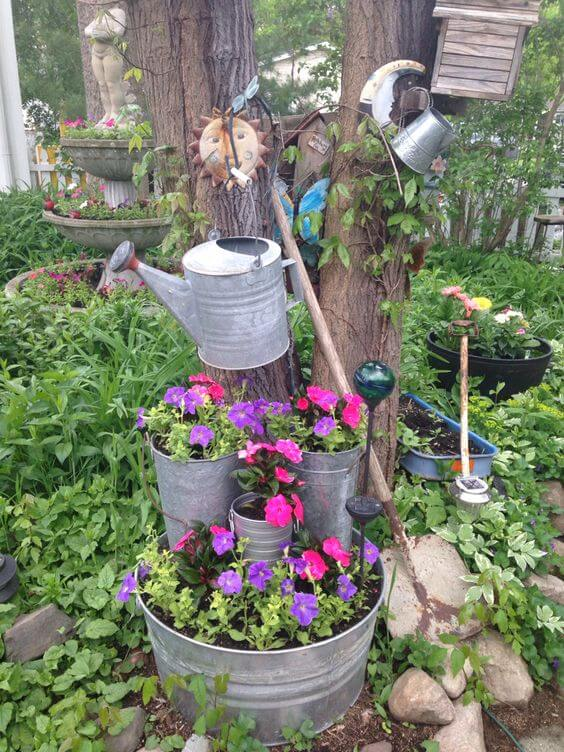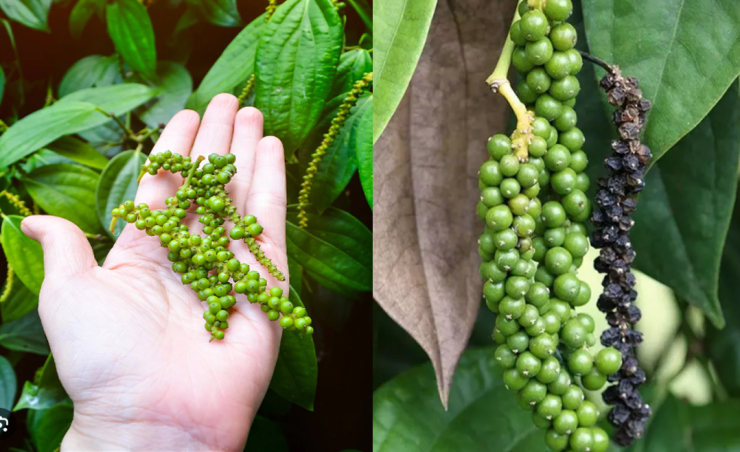
Onions, a kitchen staple, can be easily cultivated at home with a few straightforward tips. No need for extensive space or specialized equipment; all you require is suitable soil and a step-by-step guide to kickstart your onion-growing journey.
- Choose the Right Onion Variety:
Onions come in three main varieties: white, yellow, and red or purple. Each variety boasts a unique taste profile—white onions are strong and tangy, yellow onions are sweeter, and red onions are versatile for both raw and cooked dishes. Consider your culinary preferences when selecting the variety. Also, choose onions suited to your local climate for optimal growth. - Decide on Planting Type: Seeds or Bulbs:
Onions can be planted either from seeds or bulbs. Planting from seeds involves indoor germination before transplanting, while bulbs provide a more robust and faster option. Bulbs, available at nurseries, are recommended for home planting, taking around four months for a fruitful harvest. - Select the Ideal Planting Spot:
Opt for rich, light, and loose soil, preferably peaty and not overly sandy or clayey. Onions thrive in well-draining soil enriched with phosphorus and potassium. Avoid chemical fertilizers, opting for compost to fertilize the soil. Prepare the soil about a month in advance for large, healthy onions. Ensure a sunny location, and for smaller gardens, consider elevated planting to maximize sunlight. - Timing Is Key:
Onions can be planted in spring, late summer, or winter, each with specific conditions. Spring is ideal for bulb planting, late summer allows for both seed and bulb planting, while winter planting should commence indoors and then be transplanted when spring arrives. Aim to plant during the waning moon phase for optimal results. - Planting Process:
Instead of direct garden planting, prepare bulbs two weeks in advance by placing them in moist potting soil indoors until germination. Plant them in the prepared garden following these steps:
- Make holes three times the length of the bulb.
- Maintain spacing between plants and rows, considering larger spaces for larger onions.
- Cover bulbs with soil and water.
- Maintenance Matters:
Onions, while resilient, require some care:
- Water lightly and regularly, especially during bulb formation, about 20 days before harvest.
- Plant radishes alongside onions to deter infections and diseases.
- Combat root flies with insecticidal soaps.
- Maintain a stable environment between 15 and 25°C.
- Use a hoe to remove weeds, preserving bulb integrity.
- Companion planting with carrots, strawberries, tomatoes, lettuce, cucumbers, and beets is beneficial, but avoid planting near legumes.
- Harvesting and Storage:
Harvest onions when the tops turn slightly golden yellow. Pull them from the earth and sun-dry for a day or two. Move them indoors and store in a dry, well-ventilated place. A screened storage bin is ideal. Harvest typically occurs after four months, though timing varies based on onion variety and cultivation method.
Master these practical tips, and you’ll soon be enjoying the satisfaction of homegrown onions in your culinary creations. Happy growing!


